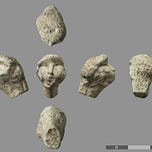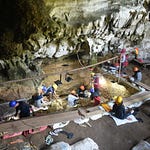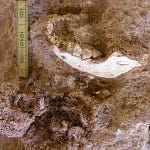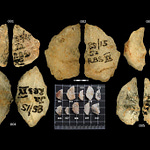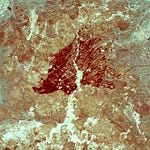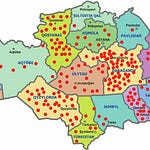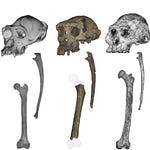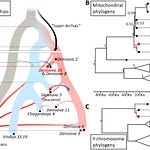At a quiet site near the Somme River in northern France, archaeologists have been piecing together lives from a time when mammoths roamed and humans etched their world in stone. In the winter of 2023, at Amiens-Renancourt 1, a chalk carving emerged from the frozen soil—no more than 2 centimeters tall, yet astonishing in its intimacy. Unlike most Gravettian-era female figurines, this one had a face1.
Carefully sculpted from a piece of soft chalk, the statuette’s facial features—cheekbones, eye sockets, the bridge of a nose—are not abstract symbols, but individualized expressions. The gaze looks upward. Its head is adorned with a latticework of carved lines interpreted as braids, nets, or ritual headgear. Together, these features suggest a conscious effort to portray a distinct person, or at least a social persona, in a tradition long assumed to favor anonymity and abstraction.
“The upward orientation of the face is unique among Gravettian figurines,” the team wrote, “which are typically inclined downward or lack a face entirely.”
This figurine, dated to roughly 27,000 years ago, belongs to a broader class of objects known as "Venus" figurines. These are small, portable carvings, nearly always depicting nude female forms with wide hips and minimal facial detail. Found from western France to Siberia, they have long been interpreted as fertility symbols, deities, or ancestral totems.
But this chalk head from Amiens disrupts the usual story. Its specificity implies that identity, memory, and perhaps even portraiture may have played a role in Upper Paleolithic art—raising the possibility that these were not just timeless icons, but reflections of people embedded in their own social landscapes.


